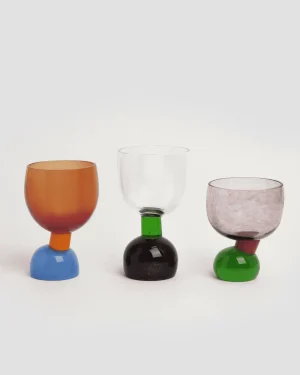Glassmaking, an ancient and transformative discipline, dates back to the third millennium BCE in Mesopotamia. This craft has evolved through millennia, from the delicate beads of early glassmakers to the majestic stained glass windows of medieval cathedrals. Over time, glassmaking techniques spread from the Middle East to Europe, leading to significant advancements, particularly in Venice. Murano glass, renowned for its clarity and intricate designs, epitomizes the fusion of tradition and innovation.
In contemporary times, glassmaking has transcended its utilitarian origins, becoming a medium for artistic expression and storytelling. Today’s glass artists blend traditional techniques with modern approaches, exploring new contexts and narratives. Studios dedicated to glassblowing, whether designing or actually blowing glass, deserve recognition. Rethinking and mastering this delicate, hot, and physically demanding discipline requires exceptional courage and dedication.
Influential Eras in Glassmaking History
Mesopotamia: The Birthplace of Glass
The origins of glassmaking trace back to Mesopotamia around 3500 BCE. Early glass artifacts, such as beads and small vessels, highlight the material's versatility and beauty. Learn more about the beginnings of glassmaking from [Ancient History Encyclopedia](https://www.ancient.eu).
Medieval Europe: Stained Glass Masterpieces
During the medieval period, stained glass windows became prominent in cathedrals across Europe. These intricate works of art served both religious and aesthetic purposes. Discover the history of stained glass on [The Metropolitan Museum of Art](https://www.metmuseum.org).
Murano: The Heart of Venetian Glass
The island of Murano, near Venice, became the center of glassmaking in the 13th century. Murano glassmakers developed techniques that remain unmatched, such as crystalline glass and enameled glass. Explore more about Murano glass on [Visit Venice Italy](https://www.visit-venice-italy.com).
Contemporary Glass Design
Today, glassmaking is a vibrant field blending tradition and innovation. Artists and designers are pushing the boundaries of what is possible, creating pieces that are both functional and expressive.
Adorno's Featured Designers
Adorno showcases some of the most innovative glass artists of our time. Designers like Bahar Pourmoghadam, Marco Cattivelli, and Roberto Beltrami exemplify the blend of traditional techniques and modern design. Their works highlight the potential of glass as an artistic medium.
Shaping Contemporary Glass Design
Sustainable Practices
Modern glassmakers are increasingly focusing on sustainability, using recycled materials and eco-friendly production methods. This shift reflects a broader commitment to environmental responsibility within the design community.
Technological Advances
Innovations in technology have expanded the possibilities of glass design. Techniques like digital modeling and 3D printing are being integrated with traditional glassblowing methods, resulting in groundbreaking works of art.
Exploring Further
For those interested in learning more about the rich history and contemporary developments in glass design, the following resources are invaluable:
- [The Corning Museum of Glass](https://www.cmog.org): A comprehensive resource on the history and art of glassmaking.
- [Victoria and Albert Museum](https://www.vam.ac.uk): Explore the V&A's extensive collection of glass artifacts and contemporary pieces.
- [History.com](https://www.history.com): Detailed articles on the history of glassmaking and its evolution over the centuries.
By delving into these resources, one can gain a deeper appreciation for the artistry and craftsmanship that define glass design, both past and present.
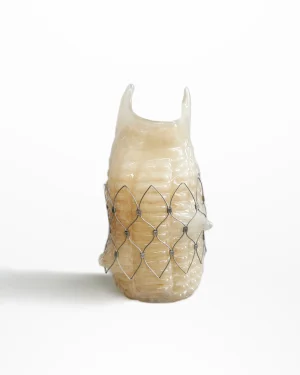 Free shipping
Free shipping Free shipping
Free shipping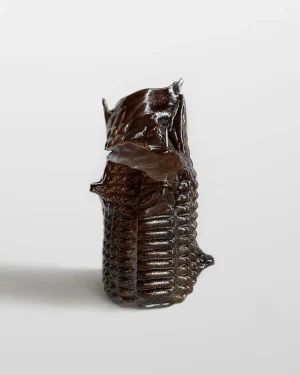 Free shipping
Free shipping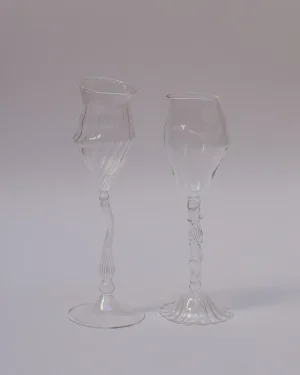 Free shipping
Free shipping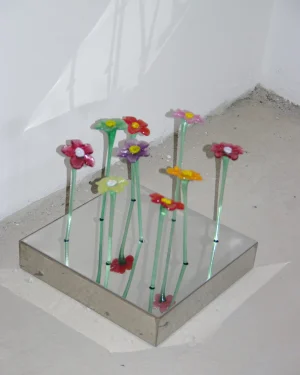
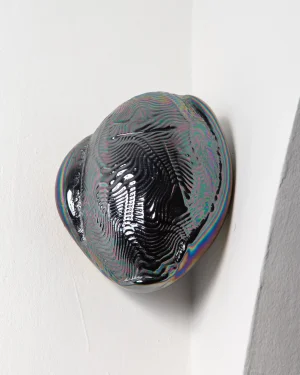 Free shipping
Free shipping Free shipping
Free shipping Free shipping
Free shipping In stock
In stock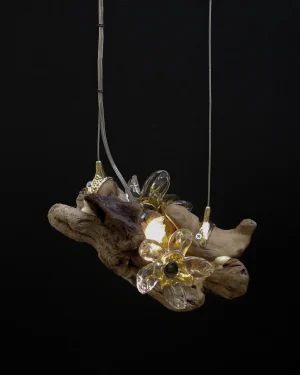 In stock
In stock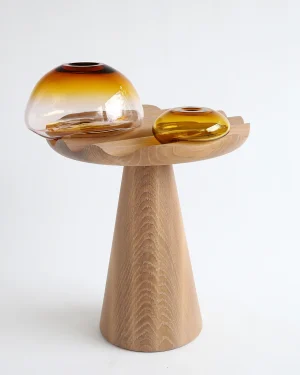 Free shipping
Free shipping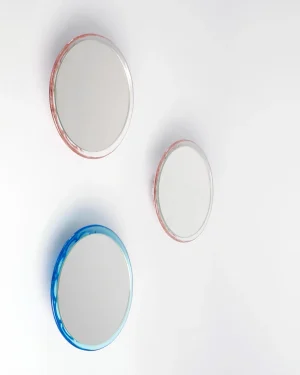 Free shipping
Free shipping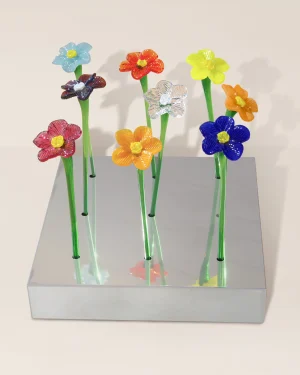
 Sold
Sold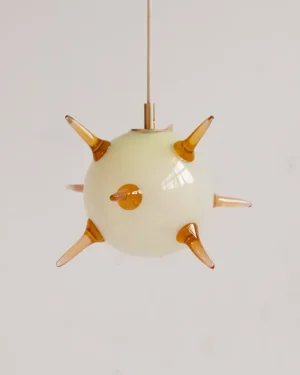 Free shipping
Free shipping Free shipping
Free shipping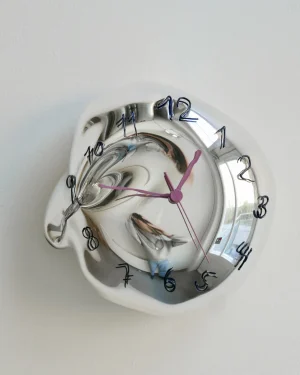
 Free shipping
Free shipping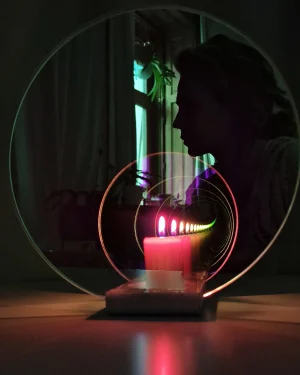
 In stock
In stock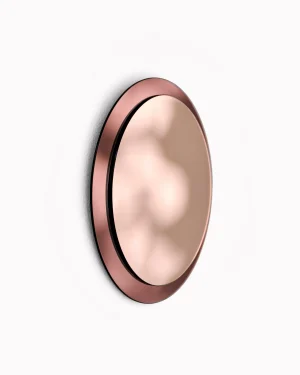
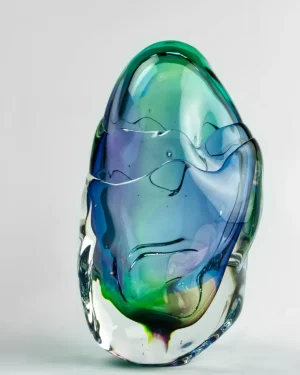 Free shipping
Free shipping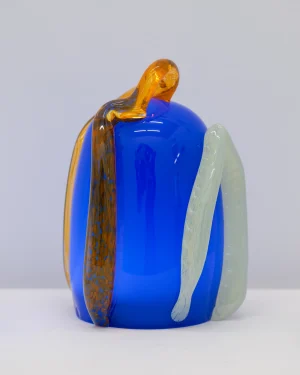 In stock
In stock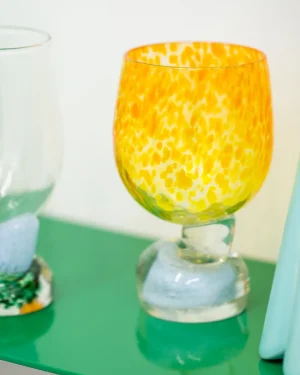 In stock
In stock Free shipping
Free shipping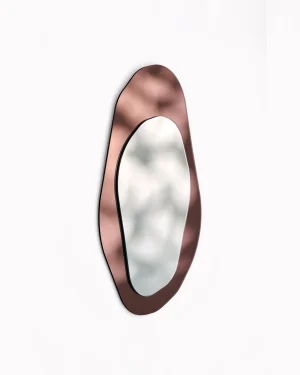
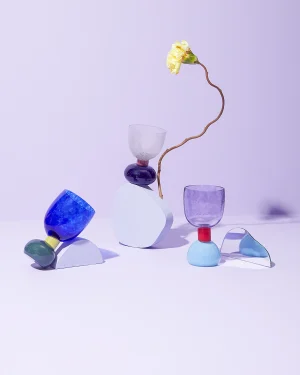
 Free shipping
Free shipping Free shipping
Free shipping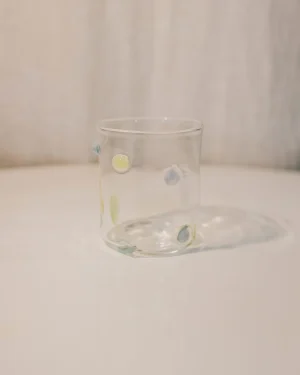 Free shipping
Free shipping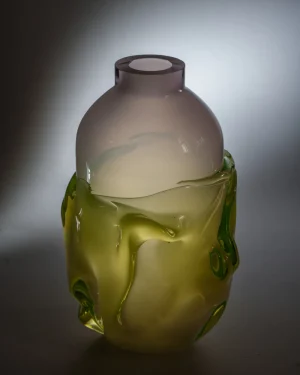 Free shipping
Free shipping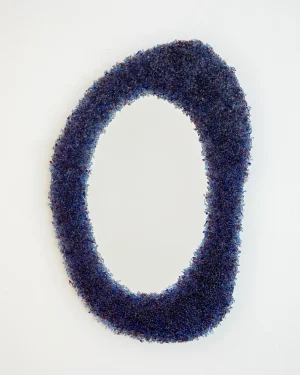
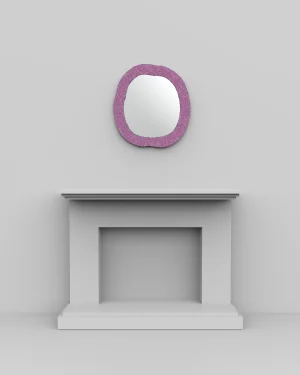
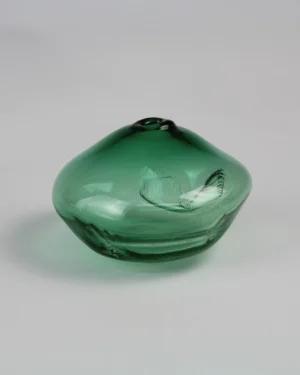 Free shipping
Free shipping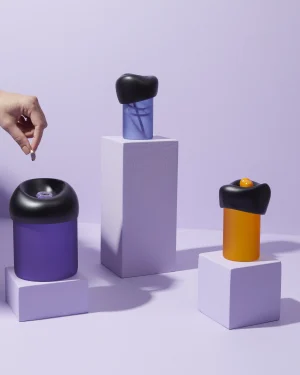 In stock
In stock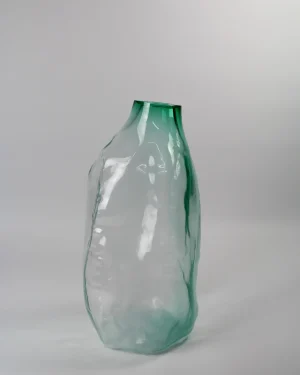 Free shipping
Free shipping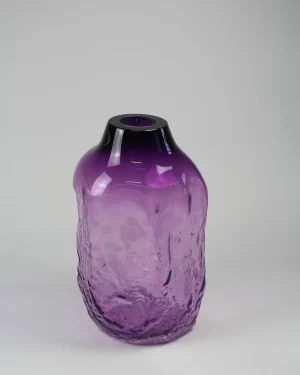 Sold
Sold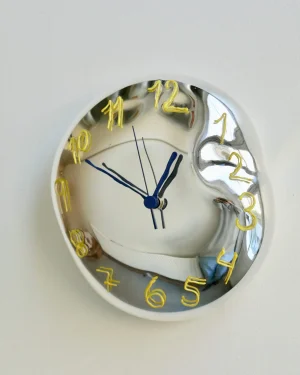
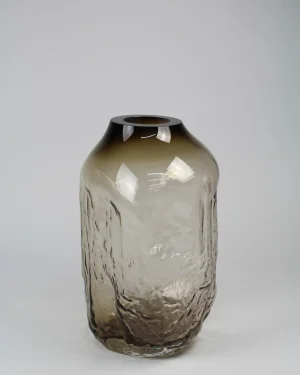 Sold
Sold In stock
In stock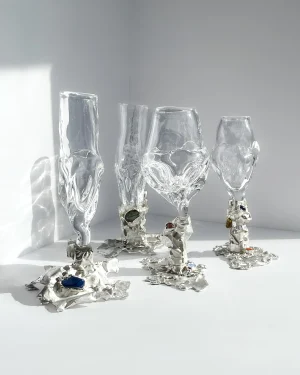 In stock
In stock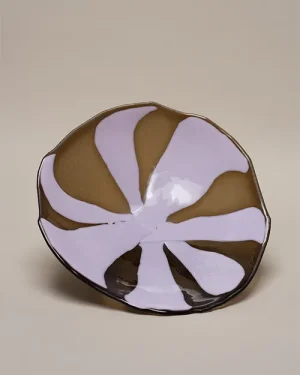 Free shipping
Free shipping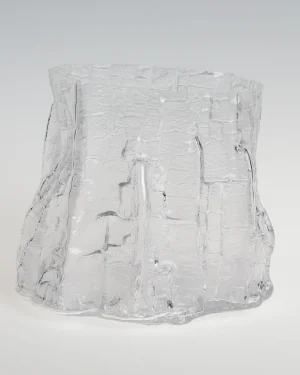 In stock
In stock
 Free shipping
Free shipping